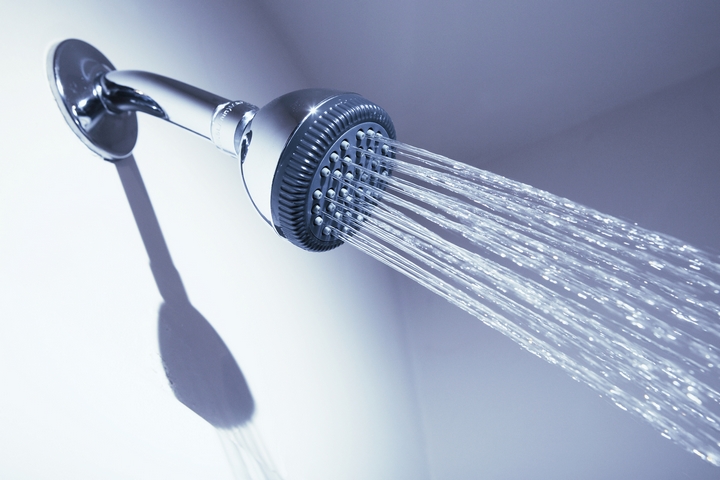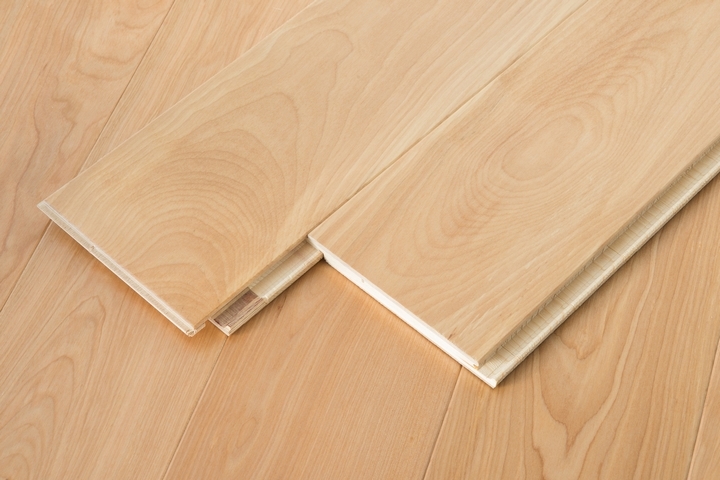Here’s a common scenario: your shower’s water pressure is too low. You’re not getting enough water when you want, and showers are ruined. It’s a common issue experienced in many homes.
Low water pressure in the shower will be an easy fix for most homes. After it’s repaired, you’ll be able to wash properly, rinse your hair, and have an all-around more enjoyable experience morning, day, and night.
Here is how to fix the water pressure in the shower and start your day right:
1. Check for Shower Clogs
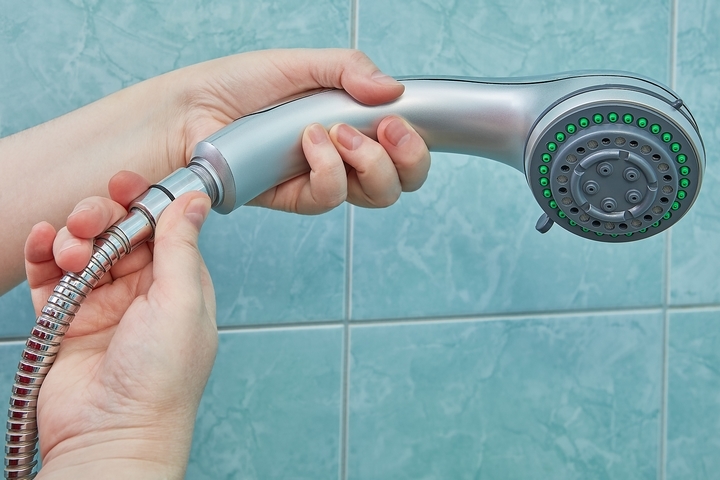
You may have a clog somewhere in your water system. A plumber can do an inspection and identify where. In older homes with rust-vulnerable iron, pipes can cause pieces to break off, obstruct water flow, and then the matter of dirt, gravel, and sand may enter your plumbing system.
2. Low-Flow Shower Head
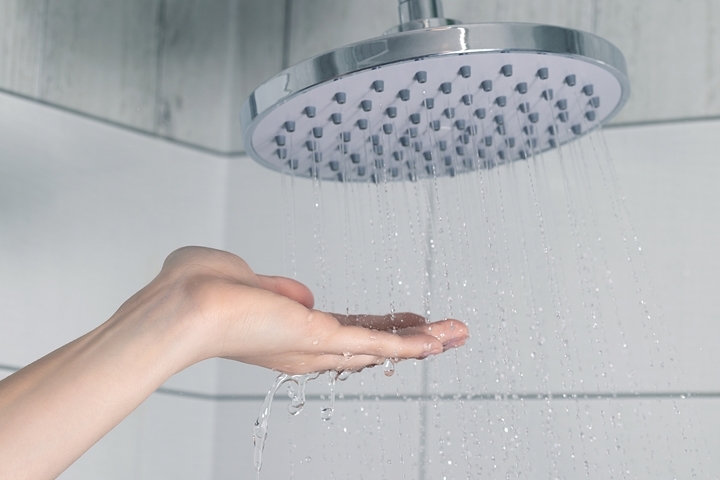
Your showerhead could be the cause of low water pressure. A low-flow showerhead or water-efficient showerhead can use valves that cut down on water supply as it enters the hose. If this valve malfunctions or is doing its job a little too well, it can cut off more water than is needed. Removing your shower head, replacing it, and removing these restrictions can increase water pressure. Most showerheads allow you to remove the flow restrictor.
3. Clean Your Shower Head
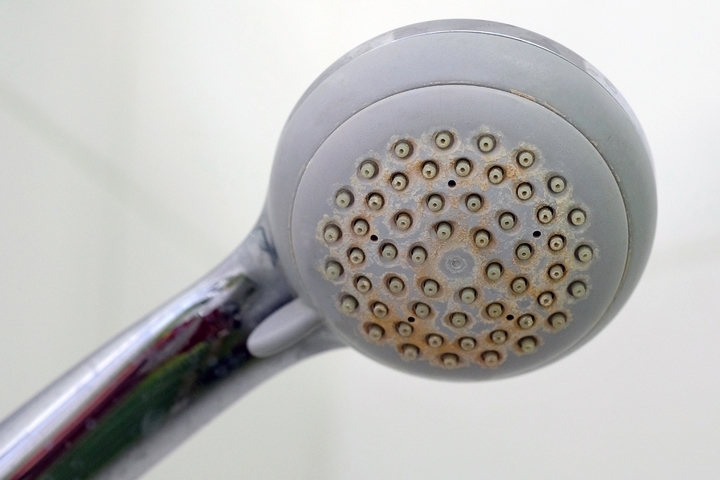
While you’re looking at your shower head, take the time to clean it. A shower head can become blocked with sediments, such as limescale and mineral buildup. This can cause water flow to significantly slow down. To clean it, unscrew the showerhead and clean sediment down from inside. Use a toothbrush or similar brush. You may even want to soak it immersed in vinegar overnight to dislodge anything.
4. Replace Old Pipes
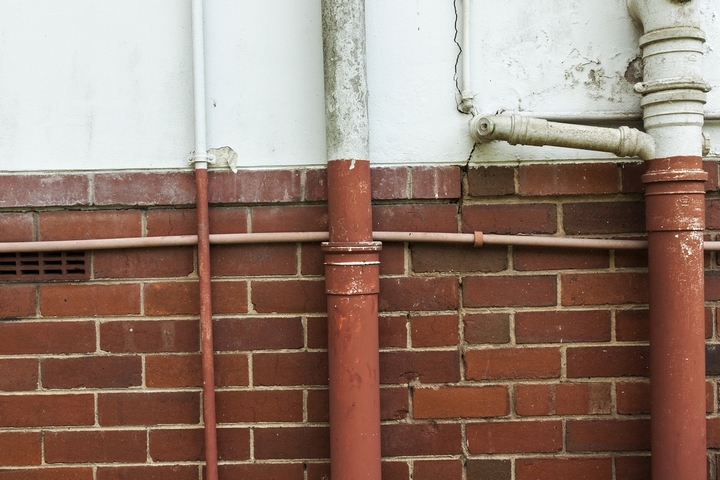
In older homes – and this happens a lot – the water system may have undersized supply piping. When pipes are undersized, they will not get a lot of water through, resulting in low pressure. If low water pressure has always been trouble for you, this could be the issue. Though disruptive and expensive to replace, these old pipes can be swapped out for newer plumbing, which should resolve the trouble. Contact a plumber to get the process started.
5. Your Shut-Off Valve
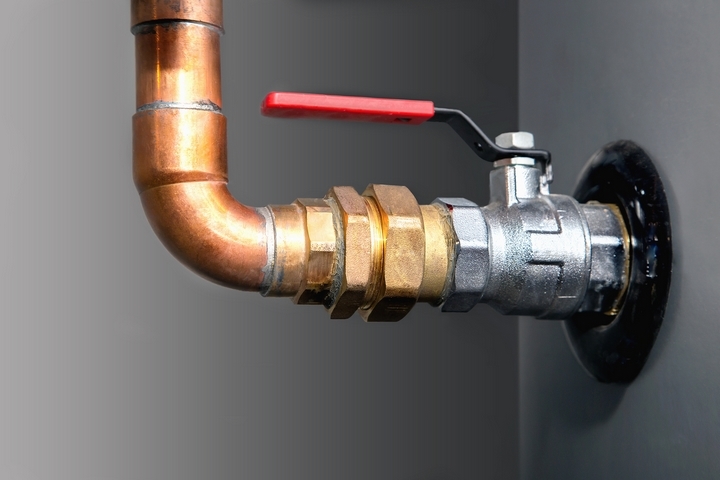
Your home has a shut-off valve. If there was recently a renovation done, they might have turned off the water and turned it back on. However, not all the way. A partially closed shut-off valve limits the water supply. This could be the obstruction you’re looking to find. If you’ve bought a new home or if there’s been some work done, look at this. If it’s broken or experiencing problems, contact a plumber.
6. Install A Shower Pump
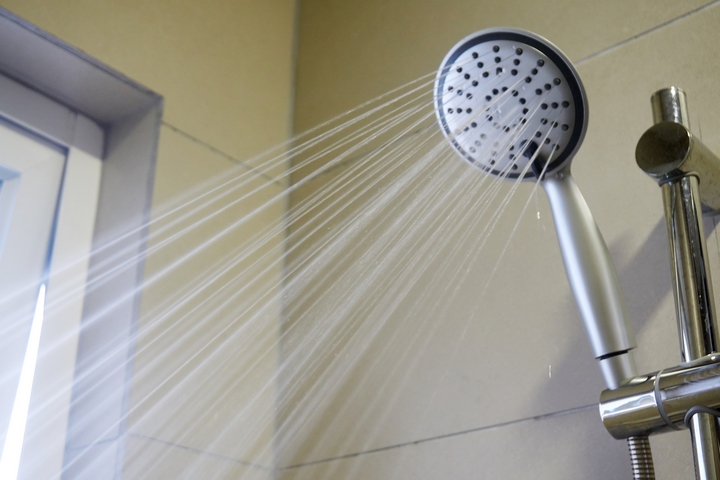
A shower pump is a small mechanical device fitted to your home water system. When it is activated, as the water travels to your shower, it goes through the shower pump and the mechanical device kicks in and helps boost the water’s pressure before it reaches the shower.
7. Check For Leaks And Kinks
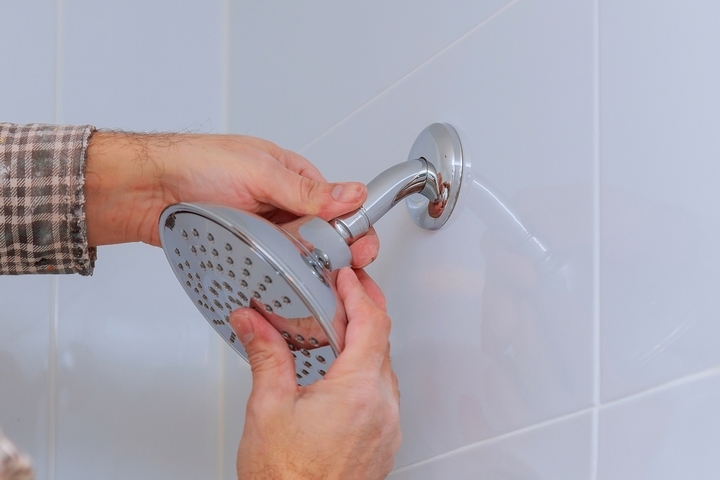
There could be a leak in your piping system that cuts down water pressure, possibly a kink in the line or even in the shower’s hose. Have a plumber check the whole pathway from the main supply to the showerhead. A leak, in particular, can cause major damage if left unaddressed. Even a small leak is a problem.
8. Flush The Water Heater
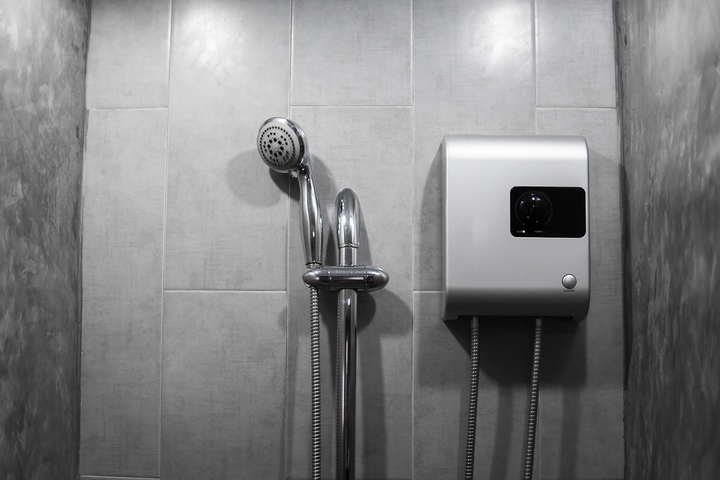
If you have low water pressure in your shower and other parts of your home, it’s a sign that the issue isn’t tied strictly to one area. Look at the water heater. When the cold water gives you excellent pressure, but the hot water doesn’t, further evidence is that the water heater is the cause. Sediment can build up and block piping. Drain the water heater and flush out all the lines to resolve this. This should loosen and remove debris inside the pipes and help the issue.
9. Shower At A Different Time
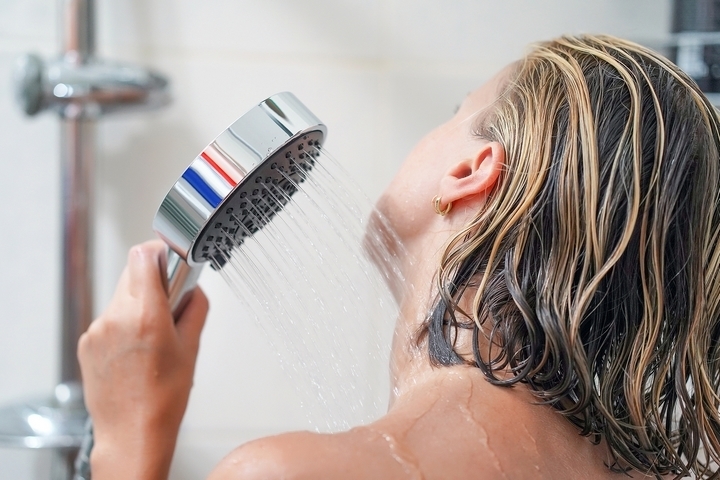
There is only so much water that can be fed through a pipe and distributed. If the shower water pressure is an ongoing issue, try showering at a different time. You may find showering during off-peak hours results in better water pressure because there aren’t as many other people taking a shower or using water simultaneously. Furthermore, avoid running the dishwasher, washing machine, or appliances that use your home’s water supply while you’re showering. In areas where the water pressure is often-unreliable, this may be something to try.
10. Contact Your Municipality

Sometimes low water pressure results from your main water system equipped with old piping. If it’s coming from the main water system, you cannot repair this yourself or have a professional plumber do it. You will have to call your local government representative and ask them to replace the piping.

